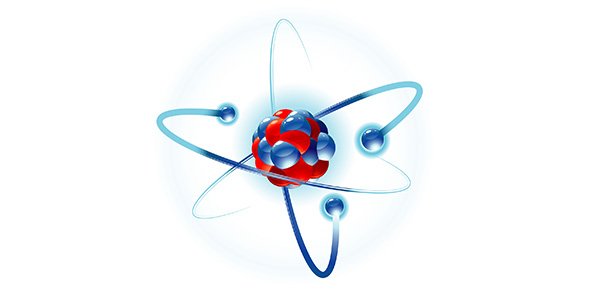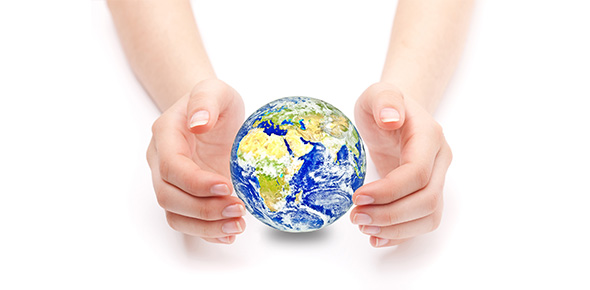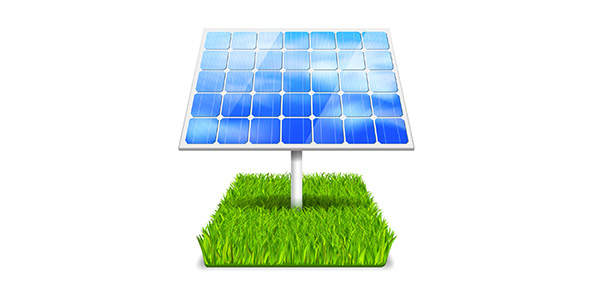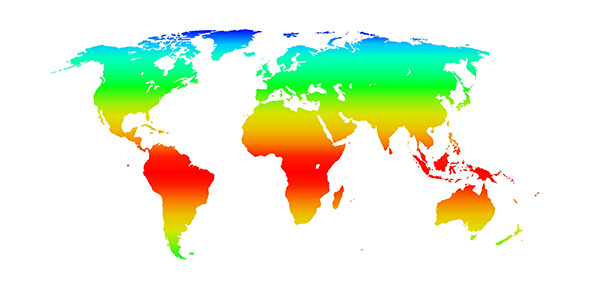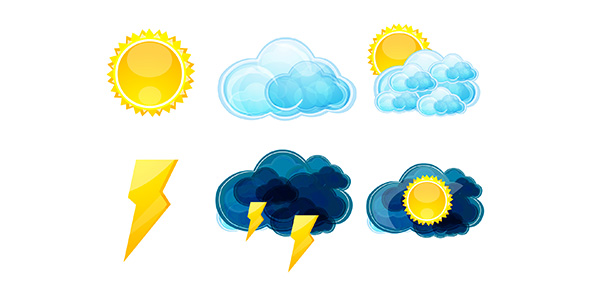Related Flashcards
Related Topics
Cards In This Set
| Front | Back |
|
Angle of incidnece
|
The angle at which a beam (e.g., from an infrared lamp) contracts the skin
|
|
Conduction
|
Heat transfer resulting from energy exchange by direct collision between molecules of two materials at different temperature. heat is transferred by conduction when the materials are in contact with each other.
|
|
Examples of conduction?
|
Hot packs, warm paraffin, icepack, and cold pack
|
|
Convection
|
Heat transfer though direct contact of circulating medium with a material of a different temperature.
transfers more heat in the same period of time than heat transfer by conduction.
|
|
Example of convection?
|
Whirlpools and fluidotherapy transfer heat by convection.
|
|
Conversion
|
Heat transfer by the concersion of a non-thermal form of energy, such as mechanical, electrical or chemical energy, into heat.
|
|
Radiation
|
Transfer of energy from one material to another without the need for direct contact or an intervening medium.
|
|
Specific heat
|
The amount of energy required to raise the temperature of a given weight of a material by a given number of degrees, usually expressed in J/gm/C/
|
|
Thermal conductivity
|
The rate at which a material transfers heat by condcution, usually expressd in
(cal/sec)/(cm2 x C/cm.
|
|
Cold-induced vasodilation (CIVD)
|
The dilation of blood vessels that occurs after cold is applied for a prolonged time or tissue temperature reaches less than 10 degrees celsius. Also know as the hunting response.
|
|
Contrast bath
|
Alternating immersion in hot and cold water.
|
|
Controlled cold compression
|
Alternate pumping of cold water and air into a sleeve wrapped around a patient's limb, used most commonly to conrtol pain and edema immediately after sufgery.
|
|
Cryokinetics
|
A technique that combines the use of cold and exercise
|
|
Cryostretch
|
The application of a cooling agent before stretching.
|
|
Cryotherapy
|
The therapeutic use of cold
|



